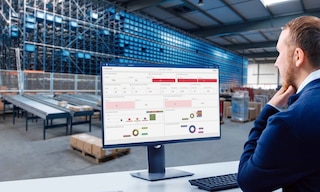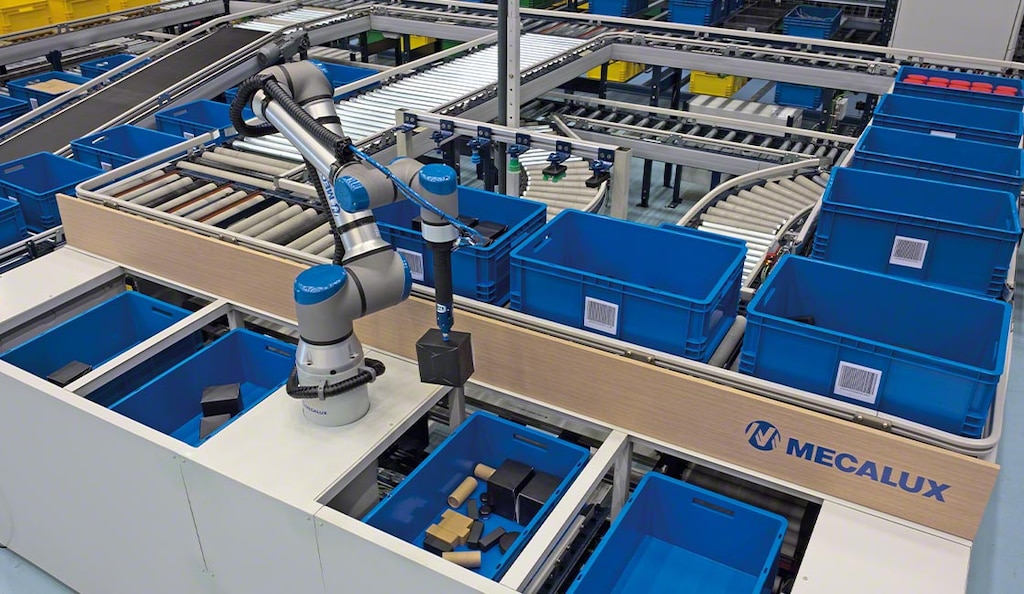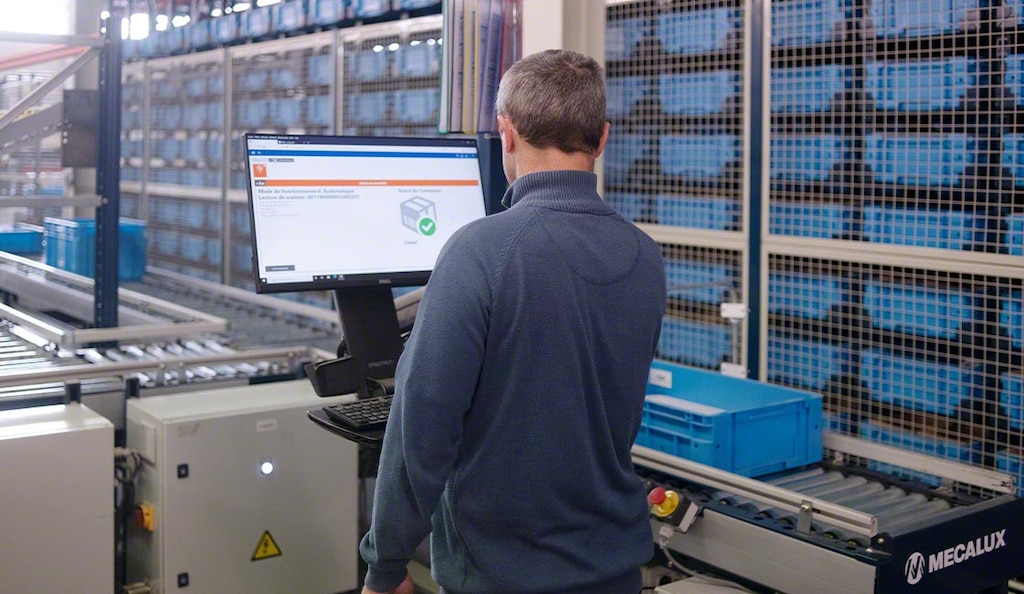
Inventory management trends in industry and logistics
The world of logistics and supply chains is constantly evolving, driven by innovations that give rise to new inventory management trends.
What are the current trends in inventory management?
The latest trends in inventory management and control include cutting-edge technologies and innovative strategies designed to transform how goods and materials are tracked and controlled, from their origin to their destination. In an increasingly competitive industry, efficient handling is essential. It enables companies to deliver products and materials in the shortest possible time while maximizing resource savings.
AI and machine learning
After making inroads in other industrial areas, advances like AI in warehouse management and machine learning are becoming more prevalent in equipment and software. By leveraging algorithms, these technologies effortlessly analyze historical data, market trends, and external variables. Through this capability, AI-driven inventory management systems forecast consumer demand, helping businesses maintain optimal stock levels and avoid shortages. Other areas these computational sciences can revolutionize are route management, last-mile delivery, and economic order quantity (EOQ) calculations.

Internet-of-Things (IoT) sensors
Another invention set to revolutionize inventory management is IoT-enabled sensors. By tracking item movements in real time, they are instrumental in maintaining continuously optimized stock levels. These devices can be used on pallets, trailers, or even delivery vehicles, collecting data on the location, usage, and condition of goods. These capabilities make IoT sensors valuable assets in order fulfillment processes.
Automation and robotics
Technological progress is making it possible to automate many daily tasks performed in logistics centers. This not only eases the workload of employees — it lets businesses operate at maximum capacity 24/7. In addition to automated warehouses, companies can use picking robots to prepare shipments at high speed and deploy autonomous mobile robots (AMRs) to move goods wherever needed. These are some of the latest inventory management trends still being rolled out across various facilities, industries, and sectors.
Third-party logistics
Logistics as a service remains a widely used resource for businesses through 3PL providers. They allow organizations to reach more clients and operate more efficiently without bearing inventory management or infrastructure maintenance costs. The expansion of ecommerce has made returns management, i.e., reverse logistics, especially challenging. As a result, some companies now rely exclusively on 3PL providers to handle this phase.
Omnichannel and cloud inventory management
Now that the most cutting-edge businesses have moved away from manual inventory control — investing in programs that digitalize and record flows — the future of inventory management lies in omnichannel automation. The goal is to create seamless shopping experiences for users, ensuring consistency between online platforms and physical stores.
In addition to omnichannel distribution systems — detailed below — another emerging trend is cloud-based management systems, i.e., software as a service (SaaS).

What are the most popular inventory management systems?
The best inventory management programs aren’t limited to collecting data in logistics facilities — they sequence tasks and expedite the work of operators. These apps are scalable, user-friendly, cloud-accessible, and compatible with ERP software.
- Easy WMS warehouse management system. Capable of managing everything from manual facilities to large automated warehouses, this software continuously tracks stock levels, origins, locations, and destinations. It enables fast, error-free picking and automates information and process flows.
- Easy DOM distributed order management system. With this software, companies can segment shipments by client type and create specific prioritization rules. These capabilities make this software solution ideal for any organization with more than one warehouse, store, or 3PL provider. Easy DOM also integrates with ERP, WMS, and third-party software for full coordination across a business.
Besides emerging trends such as the Industrial Internet of Things (IIoT), companies are revisiting their manufacturing and storage strategies to tailor them to the types of goods they handle. This ensures they have the necessary raw materials or products when required through the just-in-time (JIT) system. Moreover, the right storage solutions allow organizations with perishable goods to optimize inventory management using the FEFO (first expired, first out) technique. Businesses can also streamline inventory turnover through the FIFO method (first in, first out) or LIFO (last in, first out). Before implementing any of these processes, it’s advisable to consult a storage expert to determine the most suitable solution for each organizational strategy.
Future-proof your inventory management system
The most competitive companies closely examine the way they operate. They incorporate the latest technological advancements in their distribution centers to boost the work of their teams. Warehouse automation and control are great allies in achieving this, and at Interlake Mecalux, we can help. Contact us, and we’ll find the best solution for your business.
